Manipulating the Living?
In this interview, the Cellular biologist François Képès calls for us to move beyond Manichean discourses in the debate around the manipulation of the living by making the question of use our main priority.
This fourth issue is devoted to the paradoxical evolution of our relationships to the living. The Anthropocene era is an opportunity for an awareness that gives Man the immense responsibility to find the tools to assume the impact of his lifestyles. STREAM 04 confronts the research of a multitude of actors around the world - philosophers, artists, biologists, architects, landscapers ... - who deliver their visions of a redefinition of our ways of inhabiting and building the city by making nature a model, a tool or a partner.
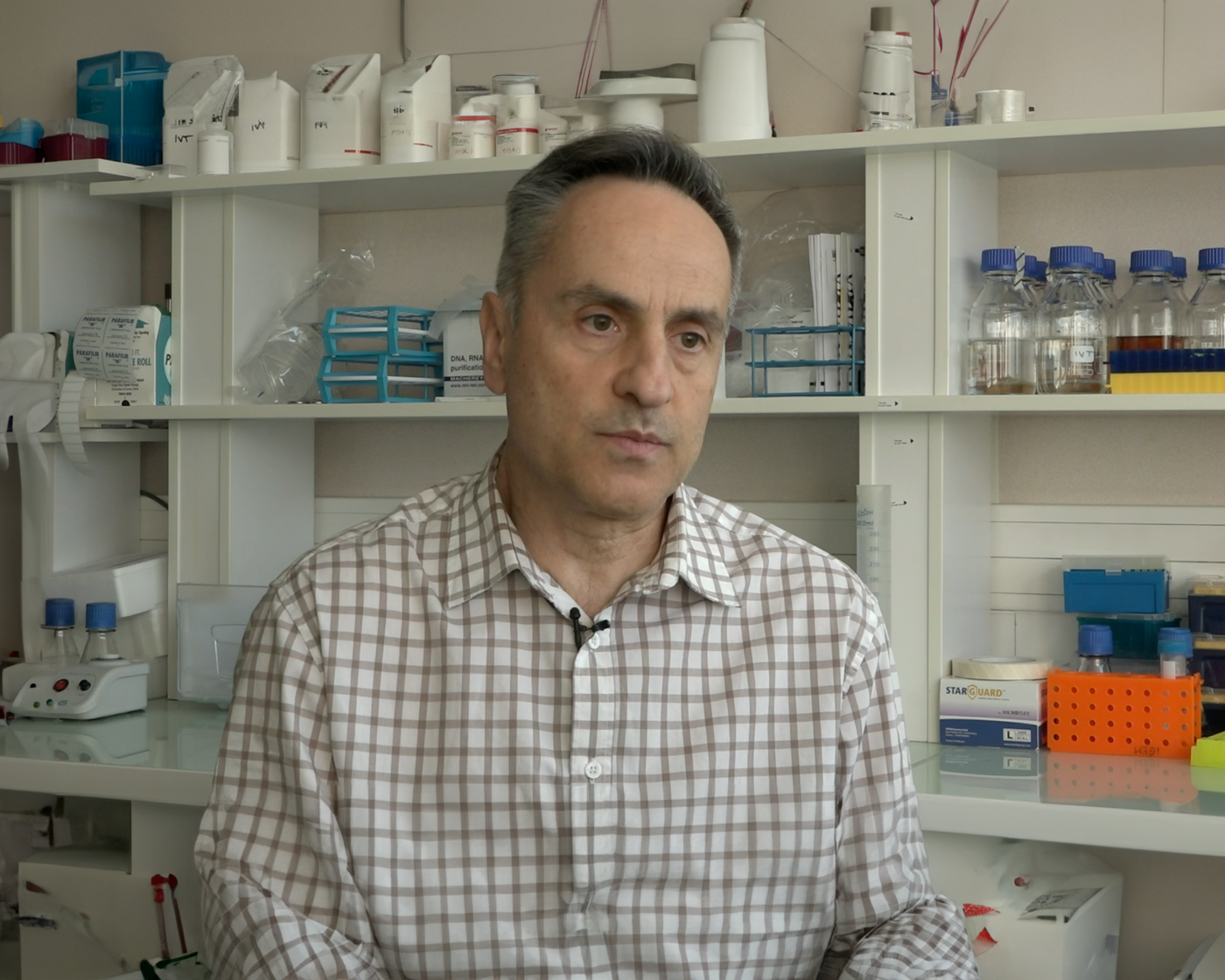
In this interview, the Cellular biologist François Képès calls for us to move beyond Manichean discourses in the debate around the manipulation of the living by making the question of use our main priority.
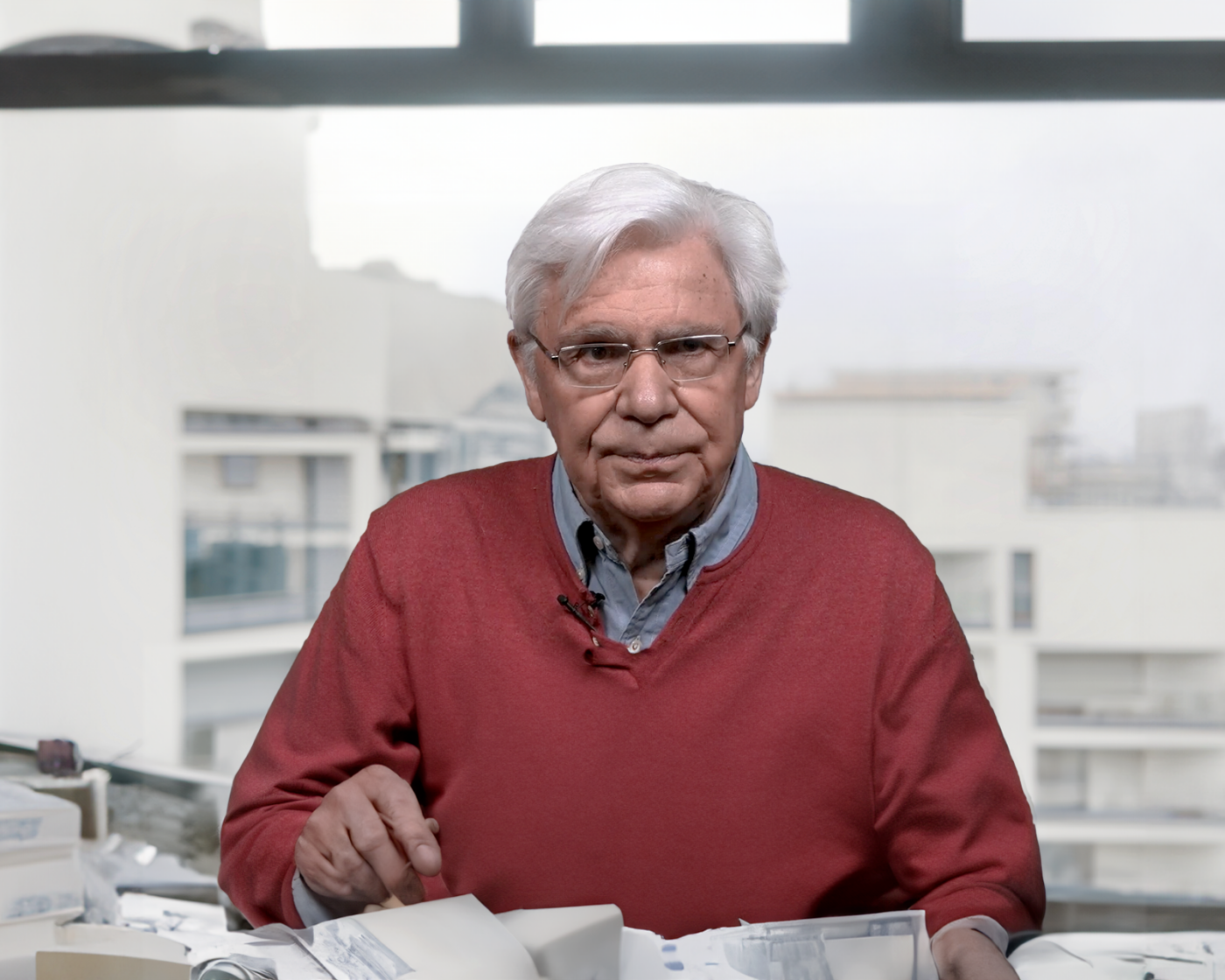
By moving beyond the dialectic of opening that Heidegger developed in Building, Dwelling, Thinking, philosopher Roland Schaer reintroduces the importance of the living into the very idea of inhabiting. Taking inspiration from the biological concept of “homeostasis,” he emphasizes the importance of the constitution of this “interior environment,” self-produced and self-regulated by the organism.
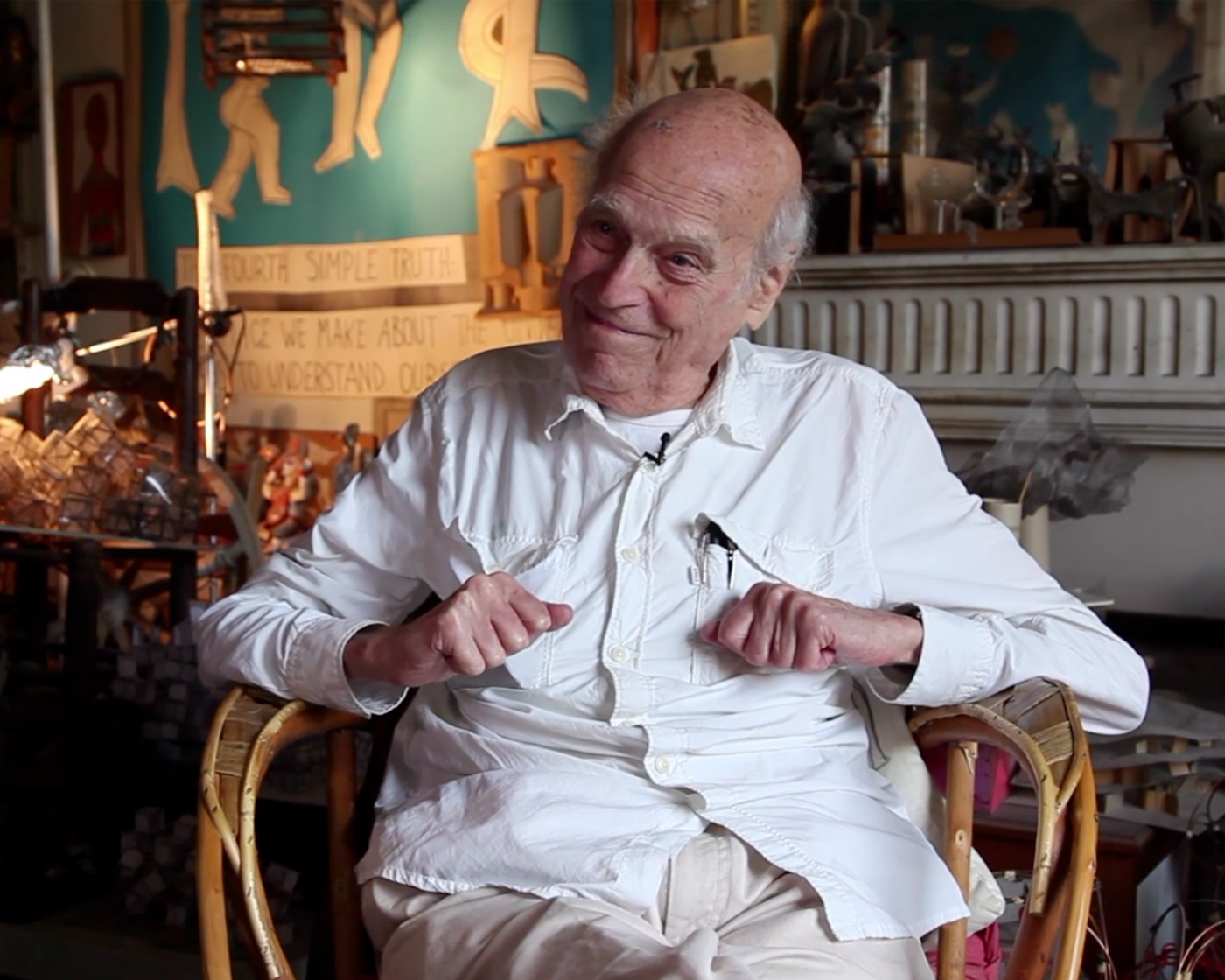
Yona Friedman granted us one of his last interviews before passing away in December 2019. In this unpublished video, he questions centralization and urban density and envisions the future as the establishment of a diffuse “global city,” a position that resonates deeply in the present context.
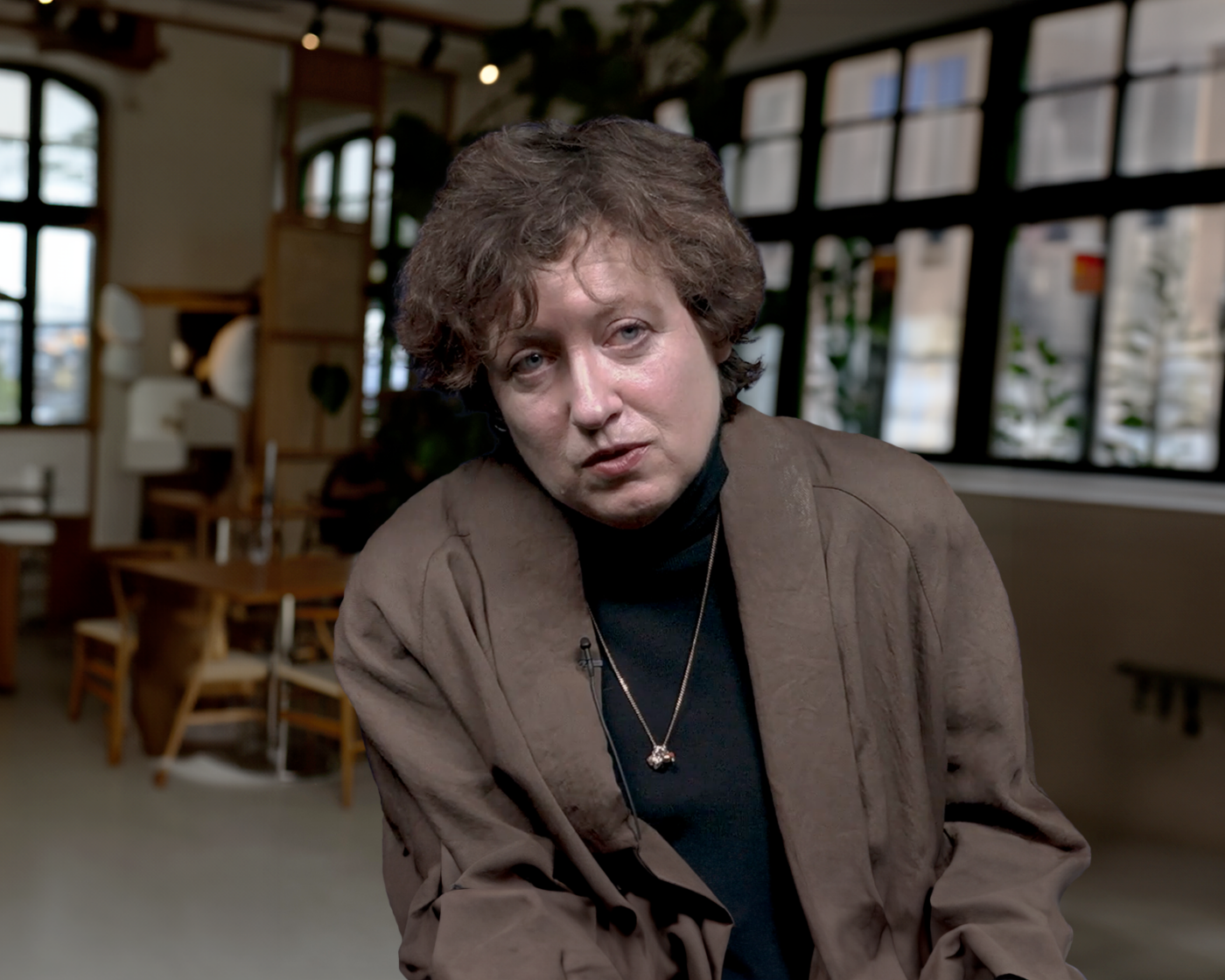
How can we create a dialogue between architecture and landscape? In this interview, the landscaper Catherine Mosbach details how her work of representing natural environments abolishes the distance between the public and the object observed.
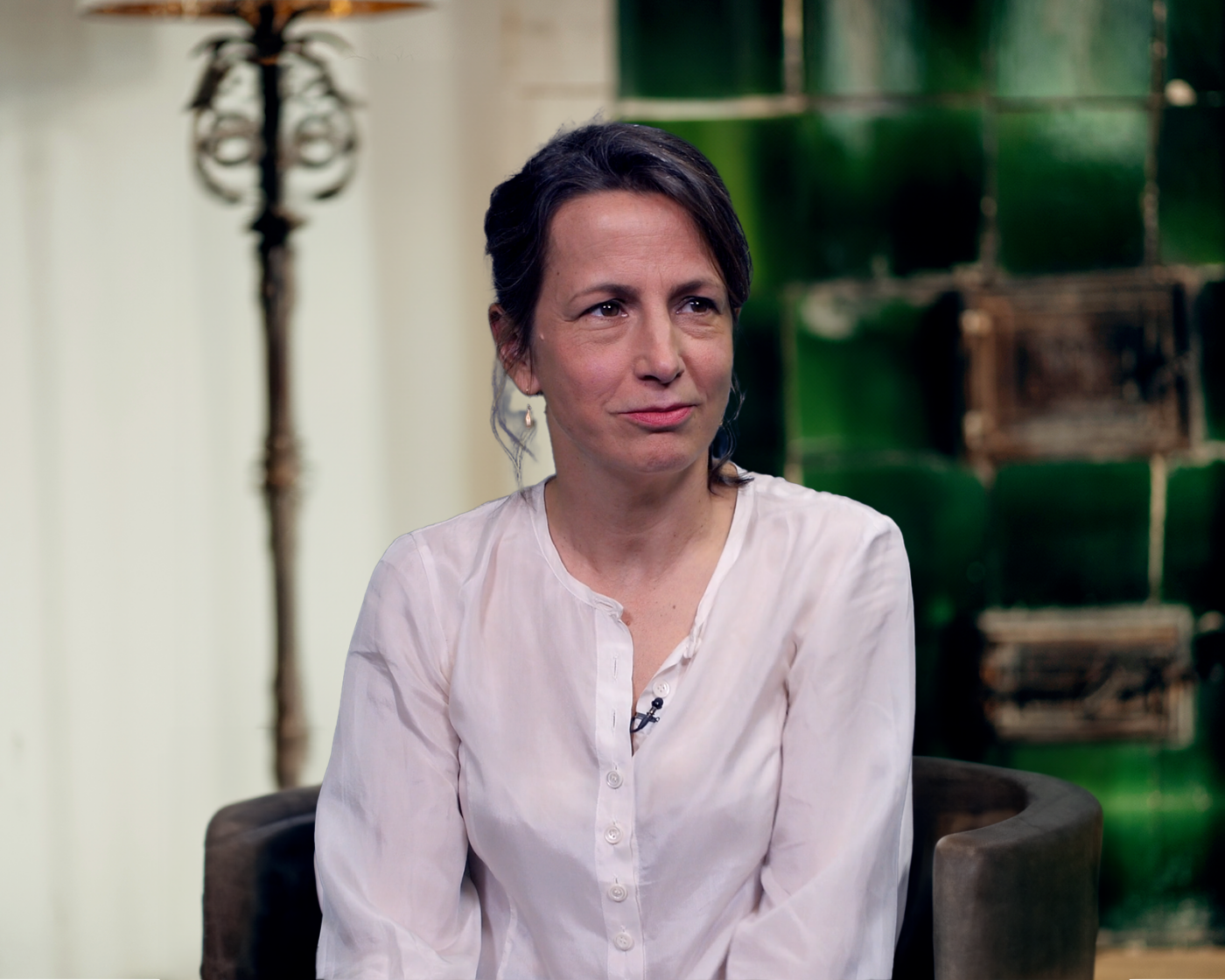
The artist Ariane Michel invites us to relocate, to move outside of ourselves so as to modify our perceptions and wander the world as an other.
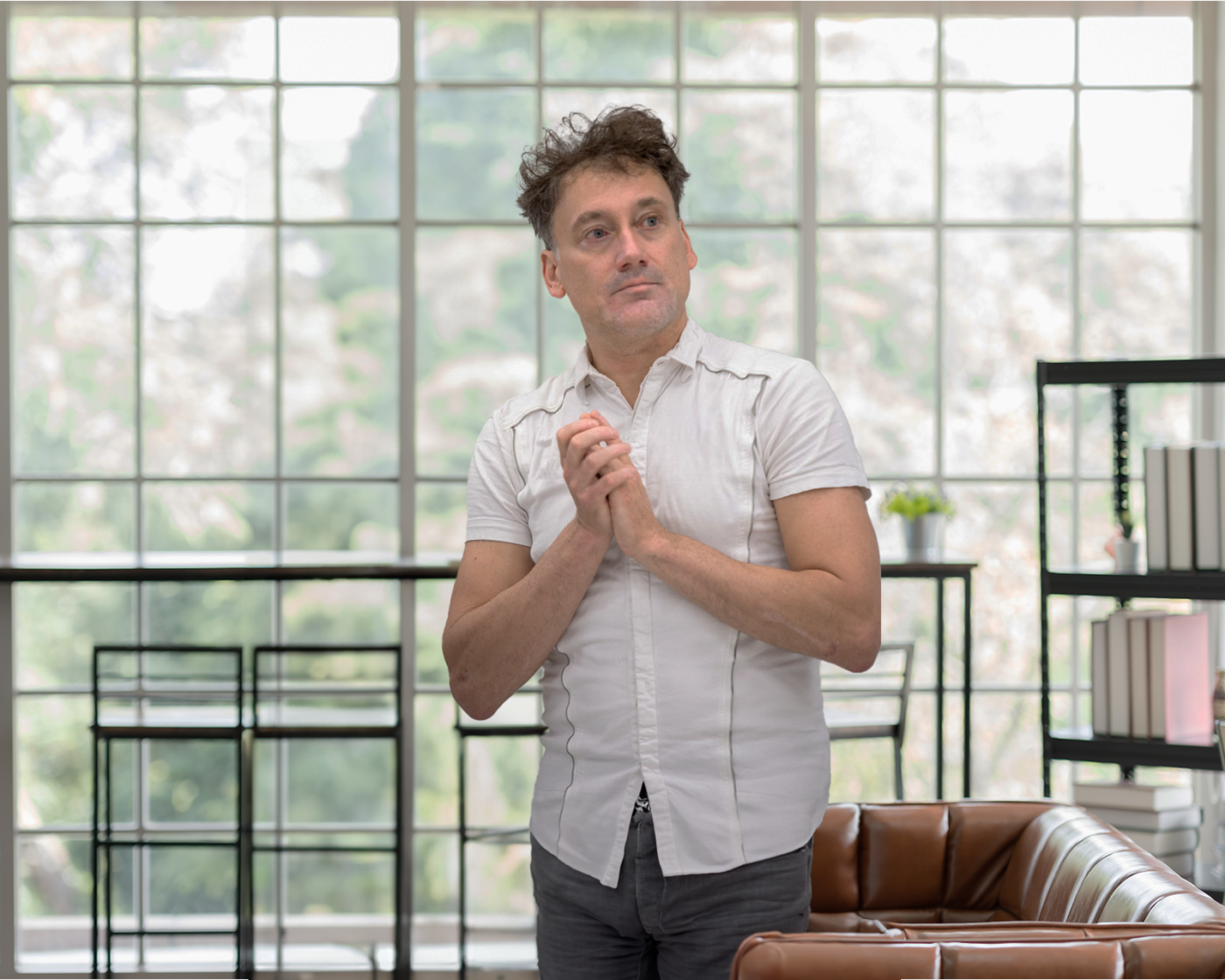
Art critic and curator, Jens Hauser teaches at the University of Copenhagen in the Department of Arts and Cultural Studies. Specialist of bio-art and DIY biology, he was the curator of the exhibition L’Art Biotech’ at the LieuUnique de Nantes in 2003 and Wetware: Art, Agency, Animation at the Beall Center for Art + Technology (University of California, Irvine) in 2016.
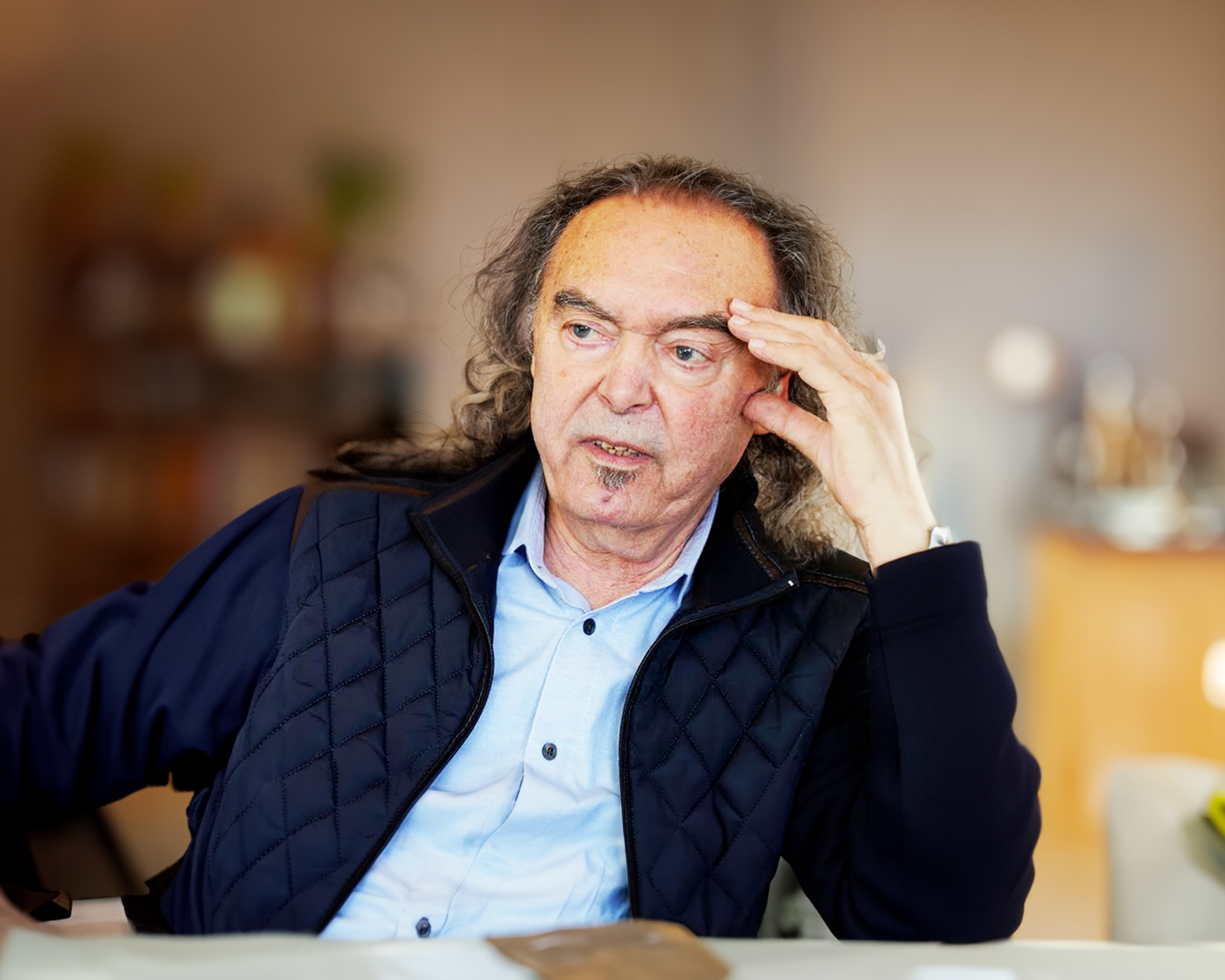
Augustin Berque is a geographer and Orientalist, and a retired director of studies at the School for Advanced Studies in the Social Sciences (EHESS). His teaching focuses on mesology—that is, the study of “milieus,” in line with Jakob von Uexküll’s Umweltlehre and Watsuji Tetsuro’s fūdoron. In this interview, he draws on his understanding of Japanese culture to outline his vision of the “milieu”.
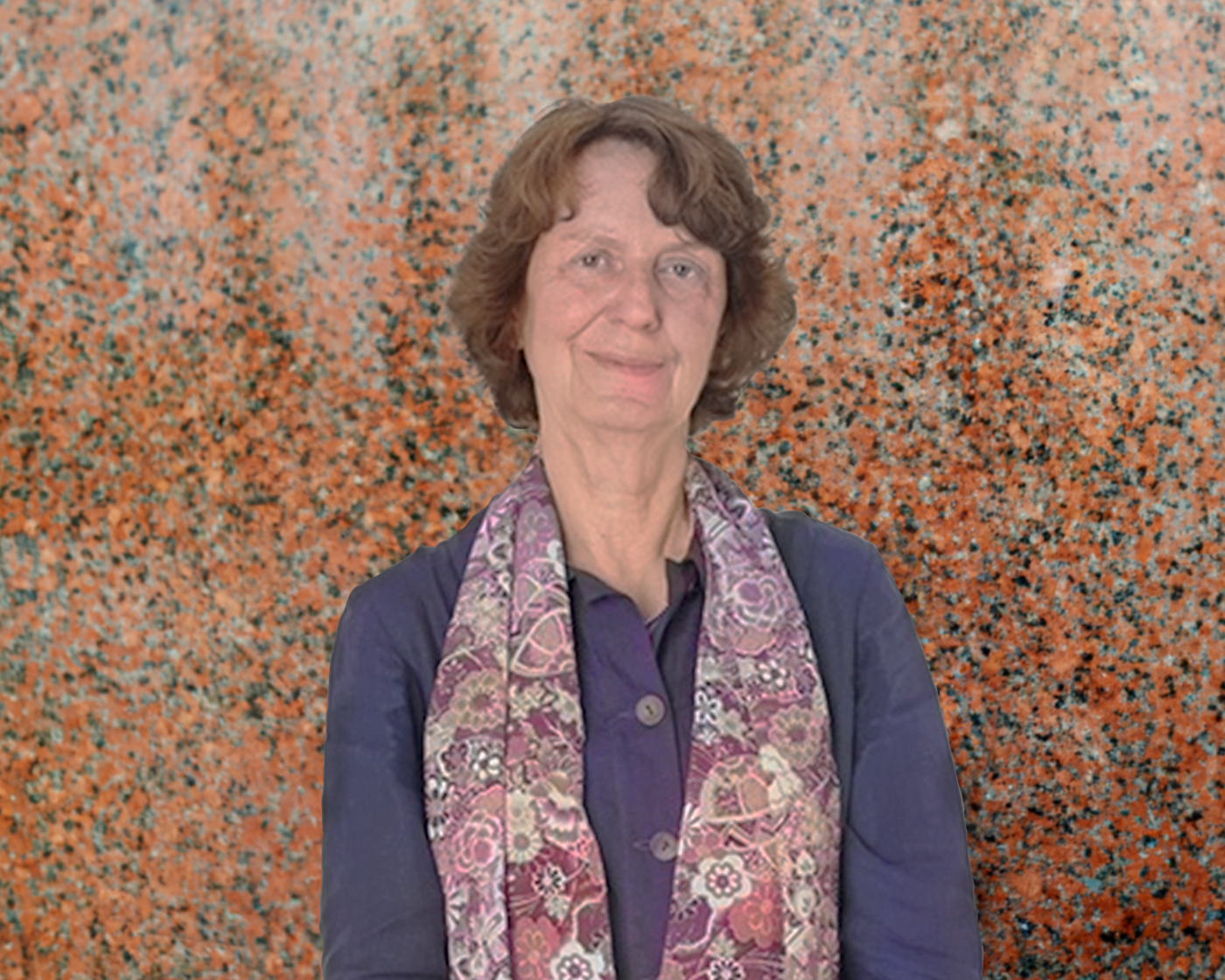
Catherine Larrère is a philosopher. She has been investigating environmental issues since 1992. We asked her about the Anthropocene to better understand how this concept is heralding new awareness of anthropogenic change.
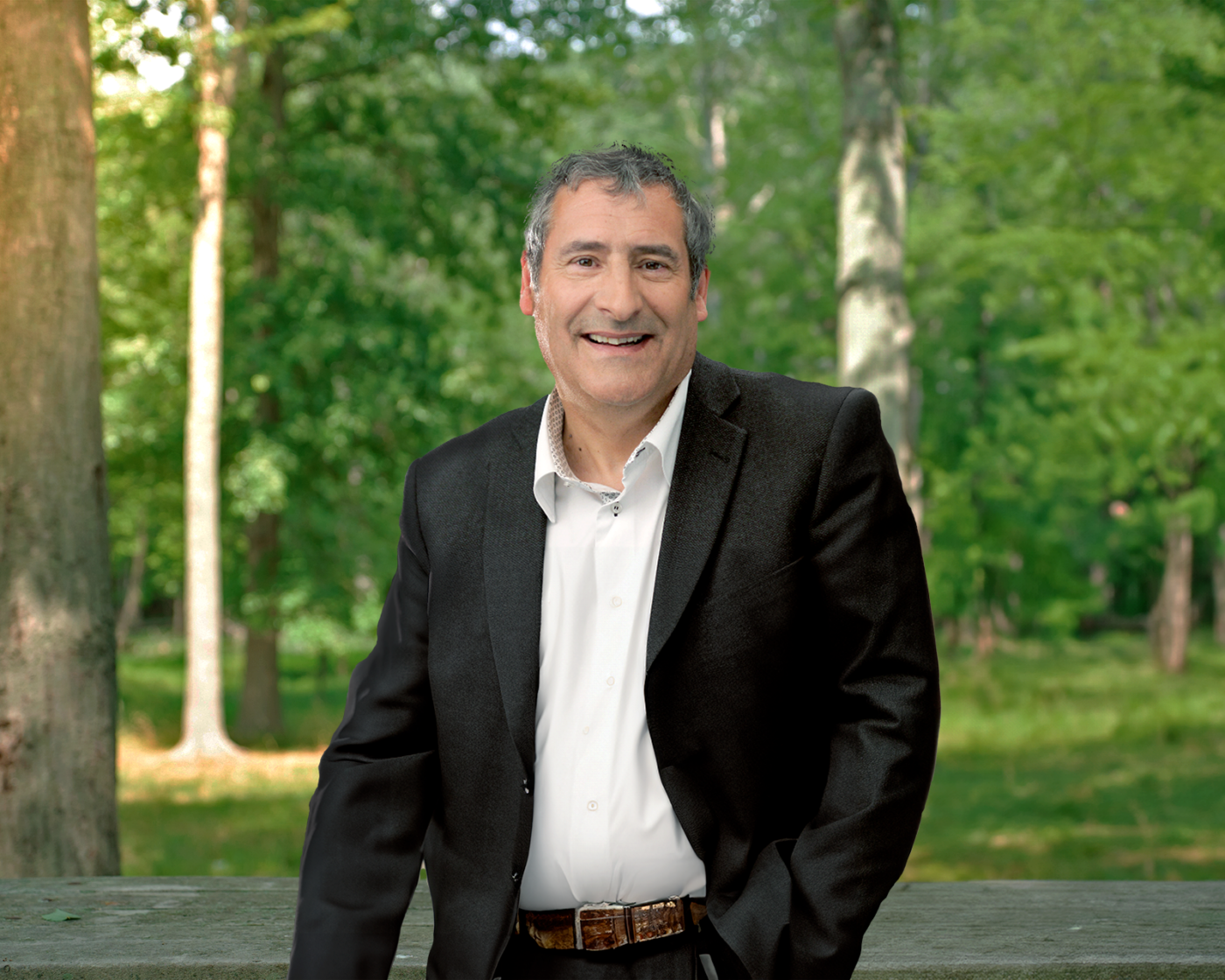
Gilles Boeuf is a biologist and professor of environmental physiology at the University Pierre and Marie Curie in Paris. In this interview, Gilles Boeuf questions our relationship with nature through contemporary environmental issues, specially the collapse of biodiversity. In this way, he encourages us to look to nature as an ally in order to develop factors of resilience, by participating, for example, in reestablishing and enhancing urban biodiversity.
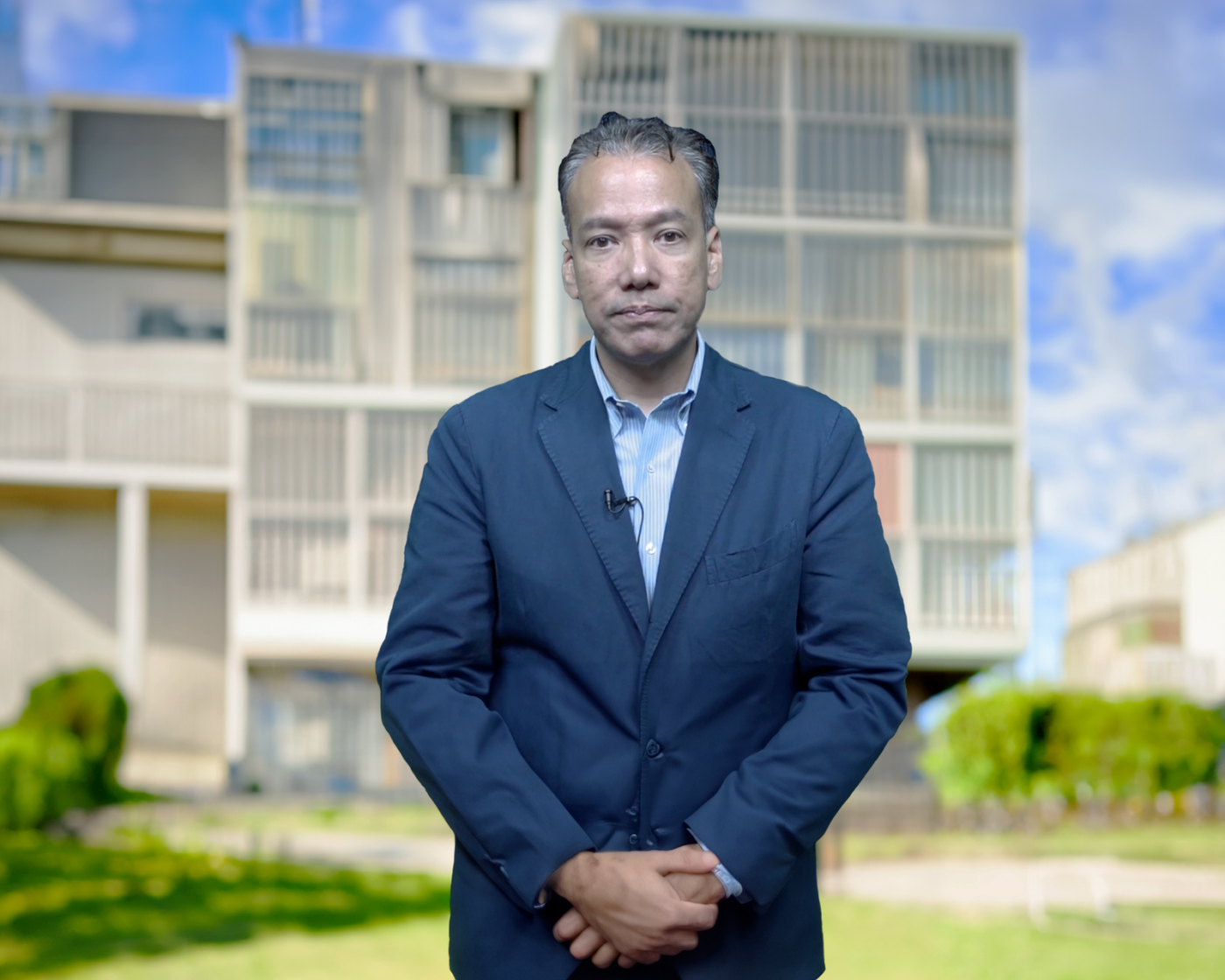
Robert Lue is a cellular and molecular, biologist, professor at Harvard University, Faculty director of HarvardX He cofounded The Biopolis, a Summer School in Biology, Urbanism and Social innovation We welcome Him in our studio to talk about biologically inspired innovation
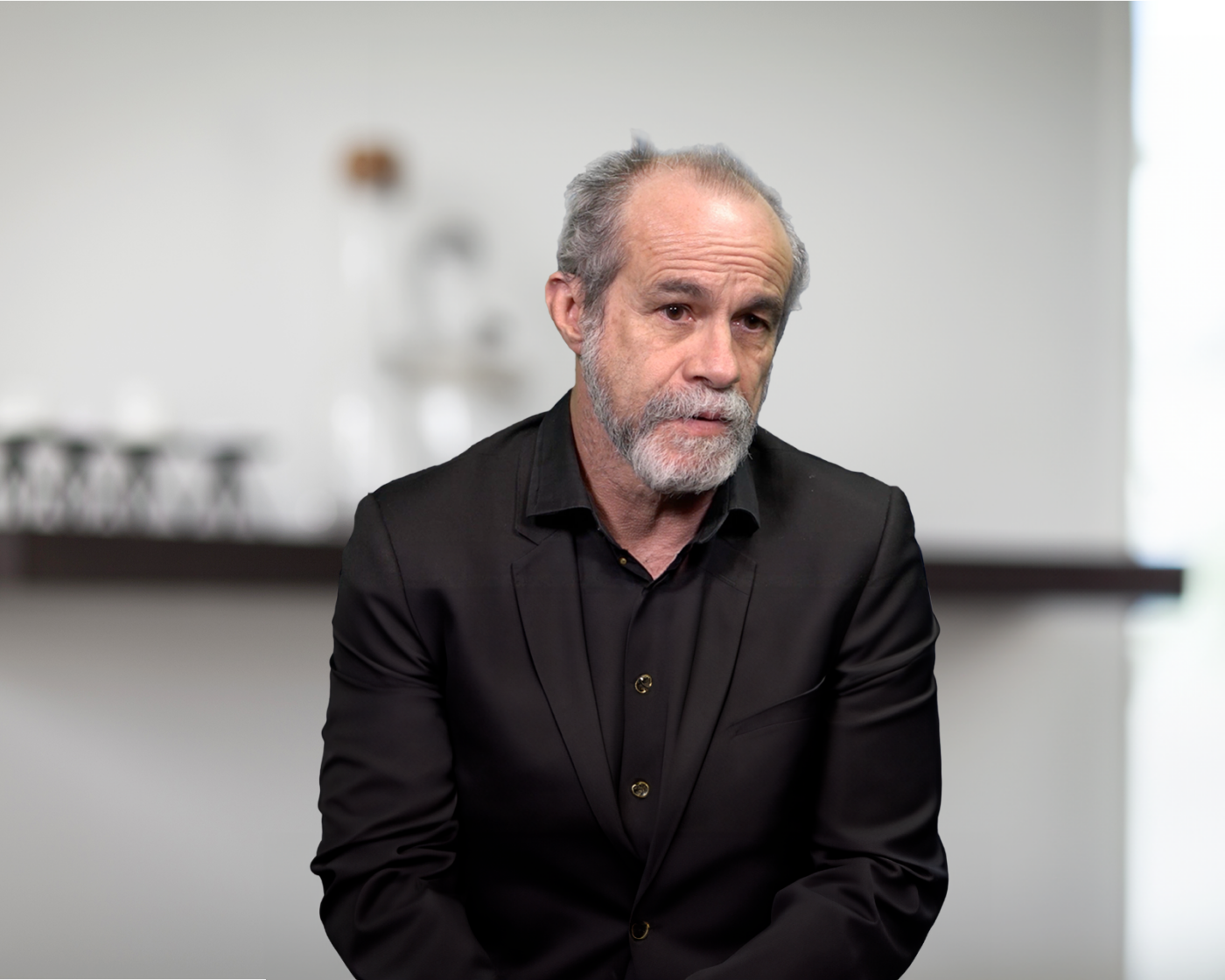
Researcher in complex systems, robotics and artificial intelligence, Carlos Moreno is a pioneer and specialist of the Human Smart City. Far from blind enthusiasm or total rejection, he builds a critique of the techno-centric and universalist smart city. He advocates a model based on consultation and co-construction. In this talk he also develops his vision of a new model of international governance, driven by a coalition of metropolises.
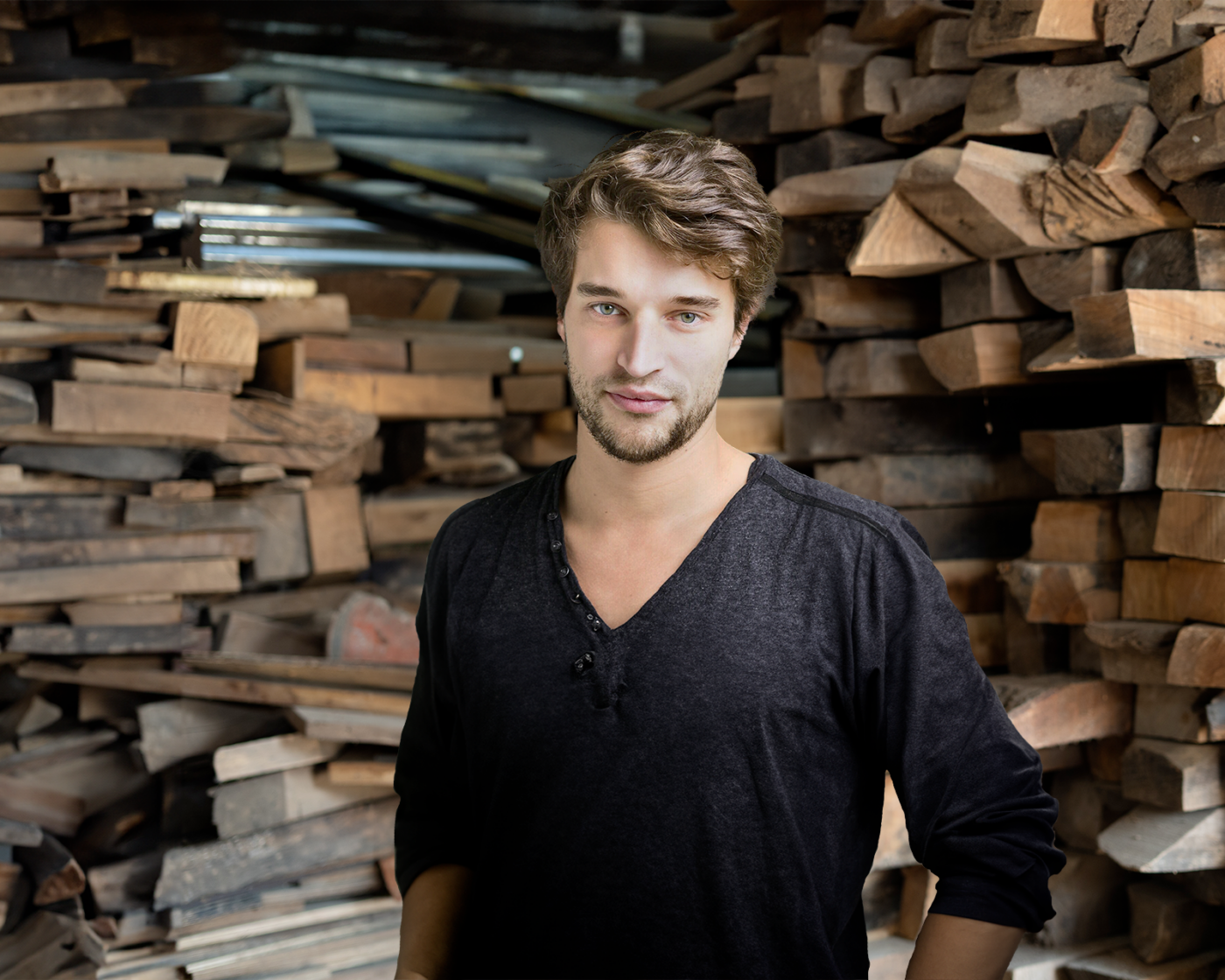
Timothée Boitouzet is an architect and entrepreneur. He is the founder of the startup Woodoo, which develops a high-performance wood – a form of “augmented” wood, even more performing than the material provided by Nature. In this talk, he presents his approach, which is part of the bio-economy. Timothée Boitouzet based his research on the will to design a high-performance construction material that respects the environment. This is a concrete example of adaptation to the challenges of the Anthropocene, the sign of a new alliance with the living. This material, however, raises the question of the manipulation of nature, its overcoming to serve the interests of Man.
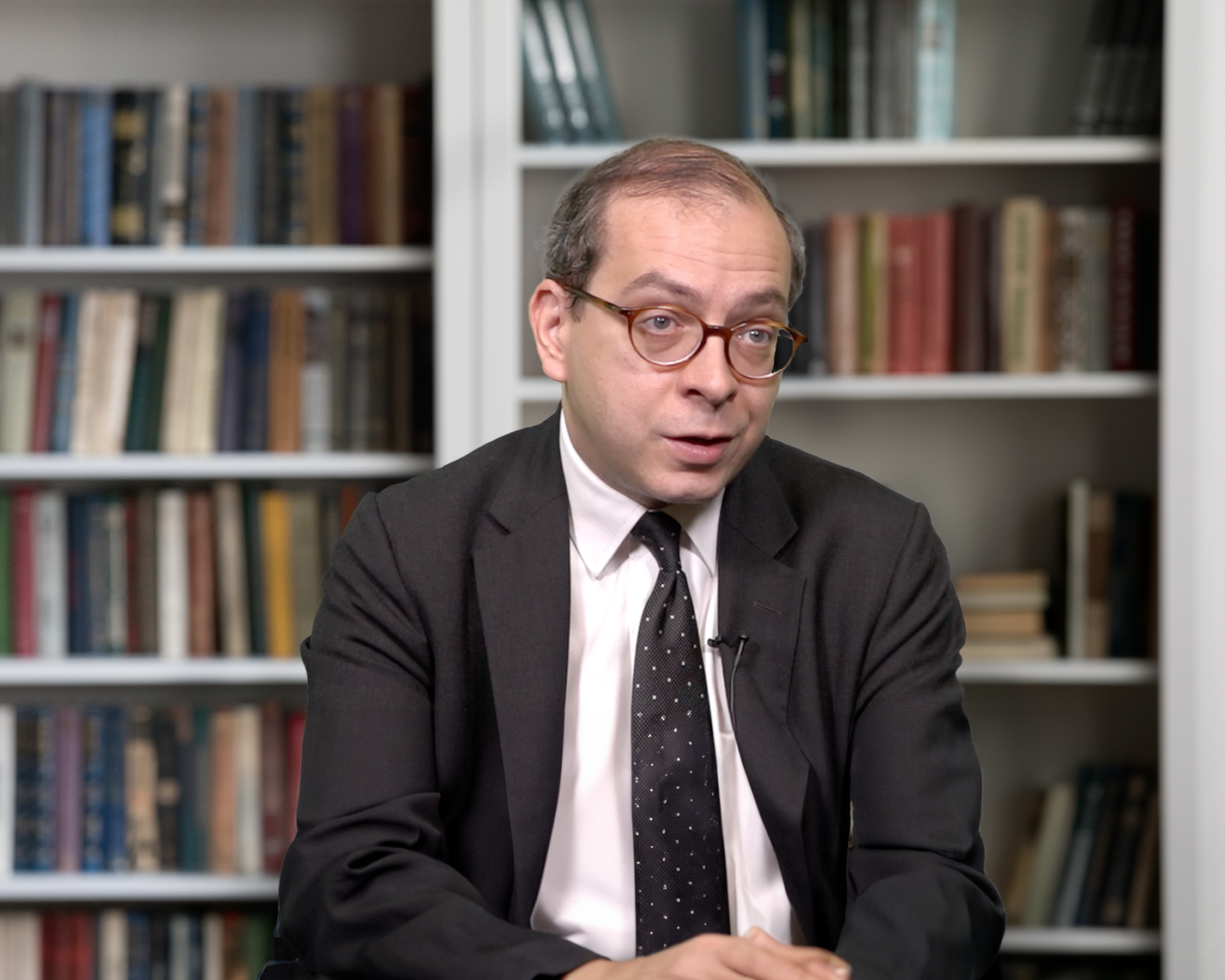
Laurent Le Bon is Art historian and curator. He took part into the creation of the Pompidou Center Metz before becoming director of the Picasso Museum in 2014. In parallel with this function, he continues to curate major exhibitions. In 2017, he created Jardins at the Grand Palais and Dioramas at the Palais de Tokyo. These two exhibitions have in common the confrontation with the aporia that is the representation of the living world in the museum setting. He returns in this interview on the issues and the links between these two events.

Gilles Clément is a landscaper, gardener and author. He deeply questions the way in which man enslaves nature, treats it to its aesthetic tastes and tries to rationalize its functioning to meet its most immediate needs. He denounces our ignorance of the interactions in between living beings, which leads us to a fatal impoverishment of biodiversity. He supports the idea that the principle of precedence of the living should condition every landscaping project – and more broadly, all town and country planning projects.
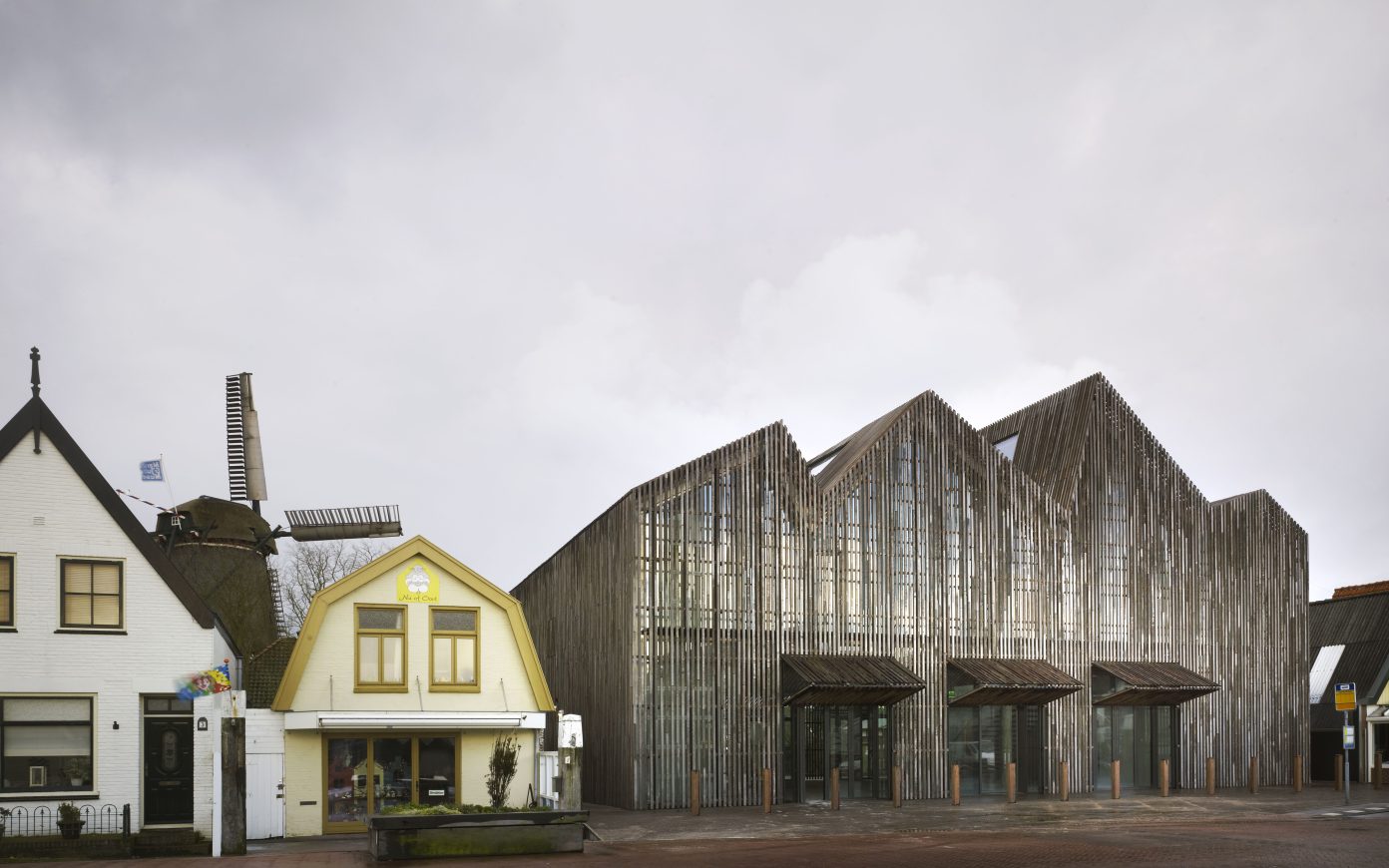

A sustainable approach to the city implies the activation of citizen know-how that redefines the role and methods of the architect. For Jana Revidin, the ecological transition must drive architects to transform the theory and practice of architecture so as to move toward a world based on the idea of the radicant. While the many remaining advocates of post-functionalism continue to think in terms of simple evolutions of systems, on the contrary, we must activate a historical rupture based on the current resources and context in order to design modes of production of space where the process is not subordinate to a product or a final form. The act of building does not matter more than the thing being built, in line with a vision where the project becomes a process of amending inhabited environments over time. This vision of architecture allows us to free ourselves from the short-term pressure and to listen to the uses and users according to an iterative approach to experimentation.
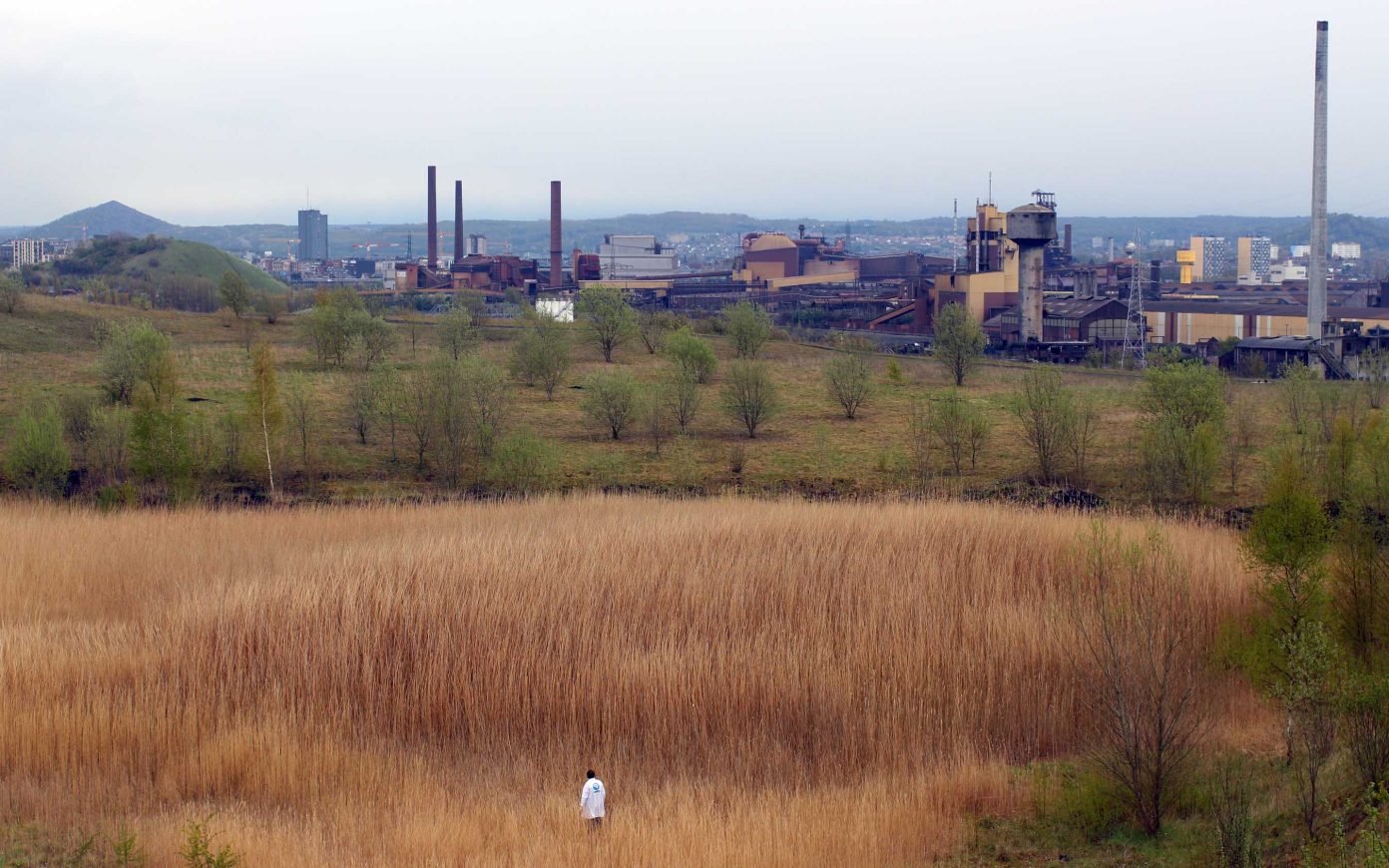

Faced with the acultural approach and functionalist universalization that came in the wake of the sterile smart cities, we have seen the return of work that deals with the imagination and the anchoring to the urban environment. Laurent Petit has initiated a multidisciplinary collective, the Agence Nationale de Psychanalyse Urbaine, adding urban and architectural skills to his practice in order to propose a psychoanalysis of cities. A protocol of restitution of residents’ voices allows the living dynamics of territories to be highlighted, but also to explore the urban imaginations at work, revealing a personality, a rhythm, and also the pathologies of the city. Becoming a participative movement, the agency’s artistic and therapeutic exploration progressively moved beyond simple performance to become a tool for action on the territory. This urban psychoanalysis provides an intimate understanding of the territory and the environment, opening up the possibility for projects of co-construction to participate in the fabrication of the city. Interview with Laurent Petit, Charles Altorffer, and Fabienne Quéméneur, ANPU (National Agency for Urban Psychoanalysis)
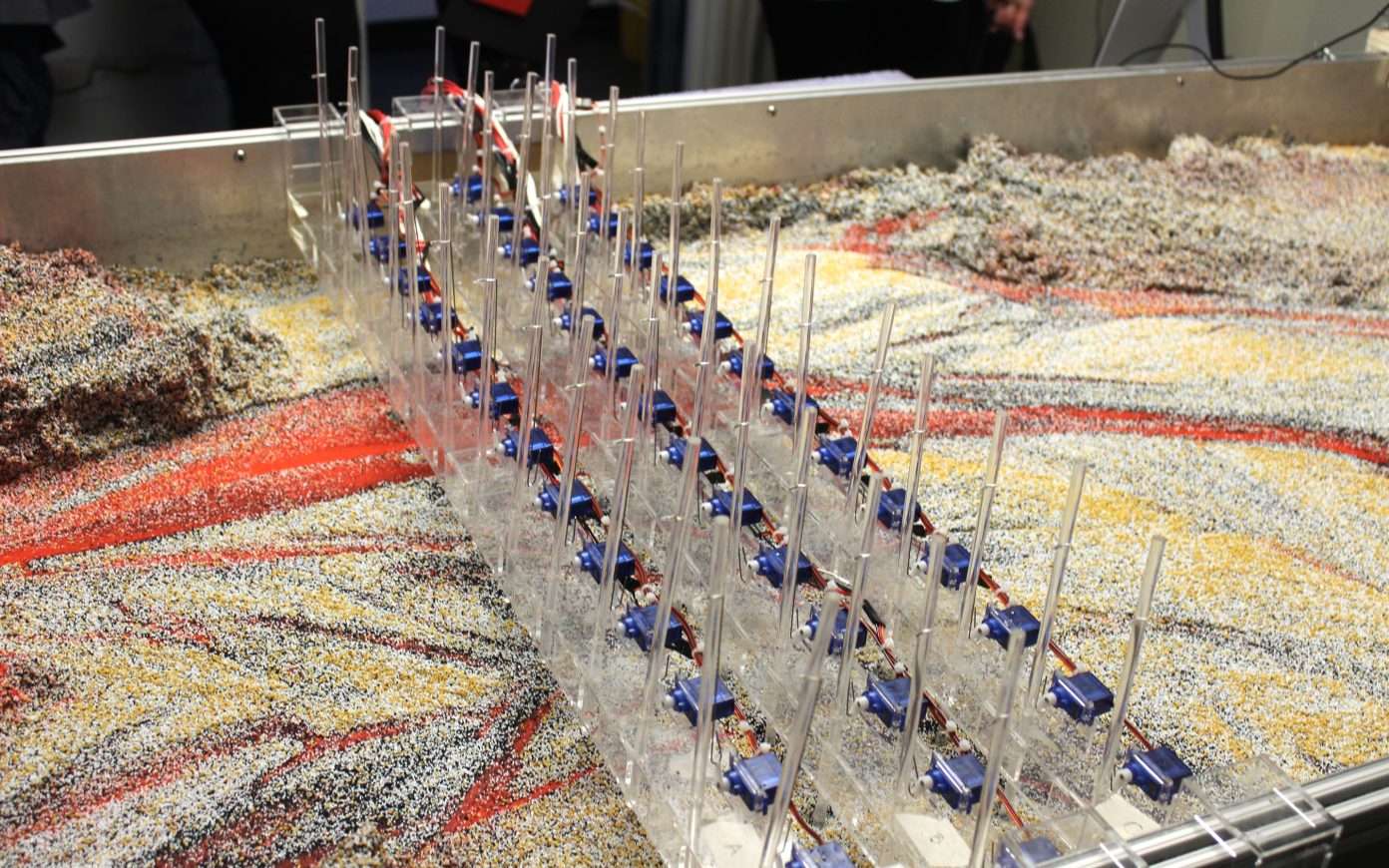

With the return of the living to the urban space, the landscape—as a discipline—has become a fertile conceptual framework for architecture. Landscaper Anita Berrizbeitia explains the way in which her activity explores the dynamics between nature, the economy, and society. From simple adjunct to the improvement of the conditions of urban living, the landscape extends its role to the redefinition of a city that goes further than multifunctional infrastructures to create complex spaces that contain multiple interactions and possess many uses. Resolving complex environmental issues requires an interdisciplinary approach, the establishment of international coalitions and regulations, but also the multiplication of citizens’ initiatives. Urban agriculture must also acquire a social and popular dimension so as not to remain anecdotic. It must shape spaces of production but also symbolic tools in order to develop our relationship with the environment through an increased awareness of where food comes from.
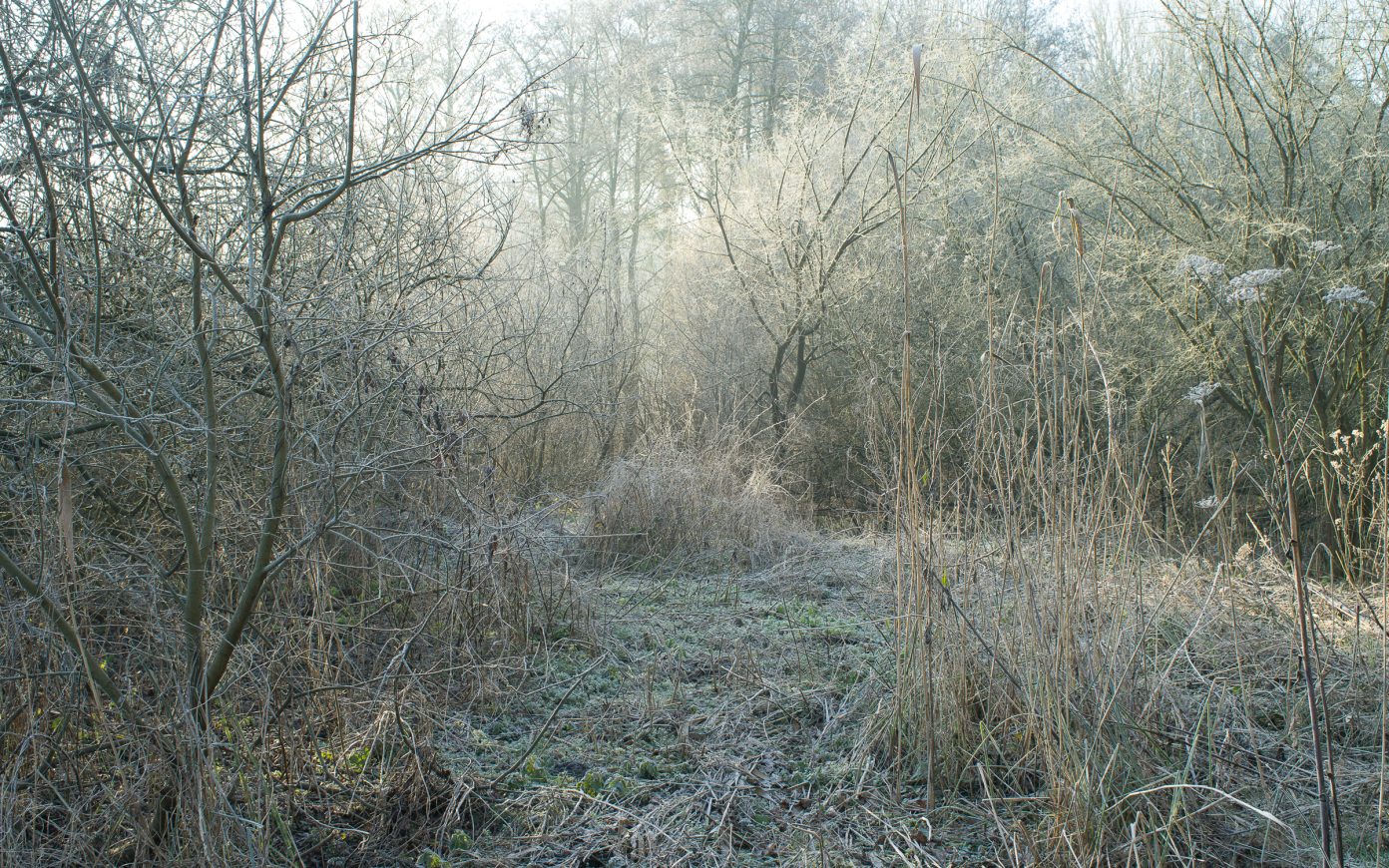

Beyond the pursuit of progress solely as a belief in an ever-increasing technological control over the world, to compensate for global disruption, new relationships between man and nature and the living continue to develop. The gardener-landscaper Gilles Clément reveals how his activity connects him to all the living beings which interact to maintain the balance of an environment. From this he has developed the concept of the “garden in movement,” a method of gardening that favors the living over form. Rather than a completely hands off approach, it is a collection of interventions to accompany nature rather than oppose it. On an urban scale, his approach as a landscaper valorizes, even stages the “Third (estate) landscape”— abandoned spaces and interstices that form numerous reserves for biodiversity that are essential for human survival—in a symbolic and pedagogical way. Progress could thus be defined not by the illusion of mastery, but by a deeper understanding of the complexity of the living of which we are a part. Conversation between Philippe Chiambaretta and Gilles Clément
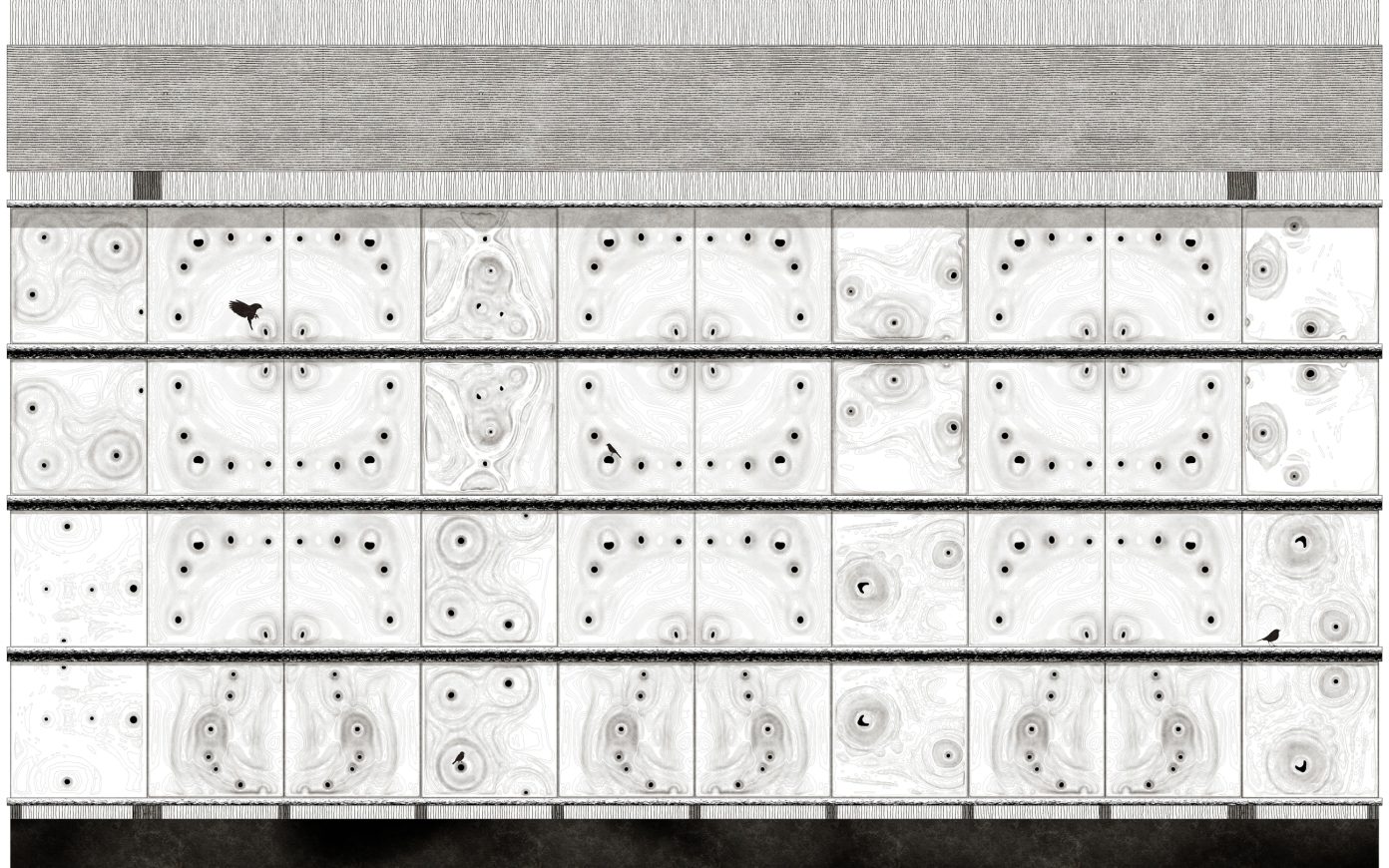

Building the city of the Anthropocene era requires taking global environmental issues into account, while also considering all living beings in the actual construction of the buildings. Criticizing the anthropocentrism of architects, Ariane Lourie-Harisson has developed the concept of a “post-human” architect, intended for different species. She advocates an exploration of the possibilities of building according to a wider vision of forms of life that are concerned by the building, redefining the relationships of man with animals and the non-human in general. Thus, an interactive form of architecture is born, in particular with regard to facades, that can — with the help of textured concrete for example — host pollinators or provide nesting spaces in their rugged surfaces. This presupposes a better understanding of the living and of being open to different environmental theories, in such a way as to favor the creation of urban relays for biodiversity, in particular on roofs. Ariane Lourie Harrison is an architect and professor at Yale School of Architecture
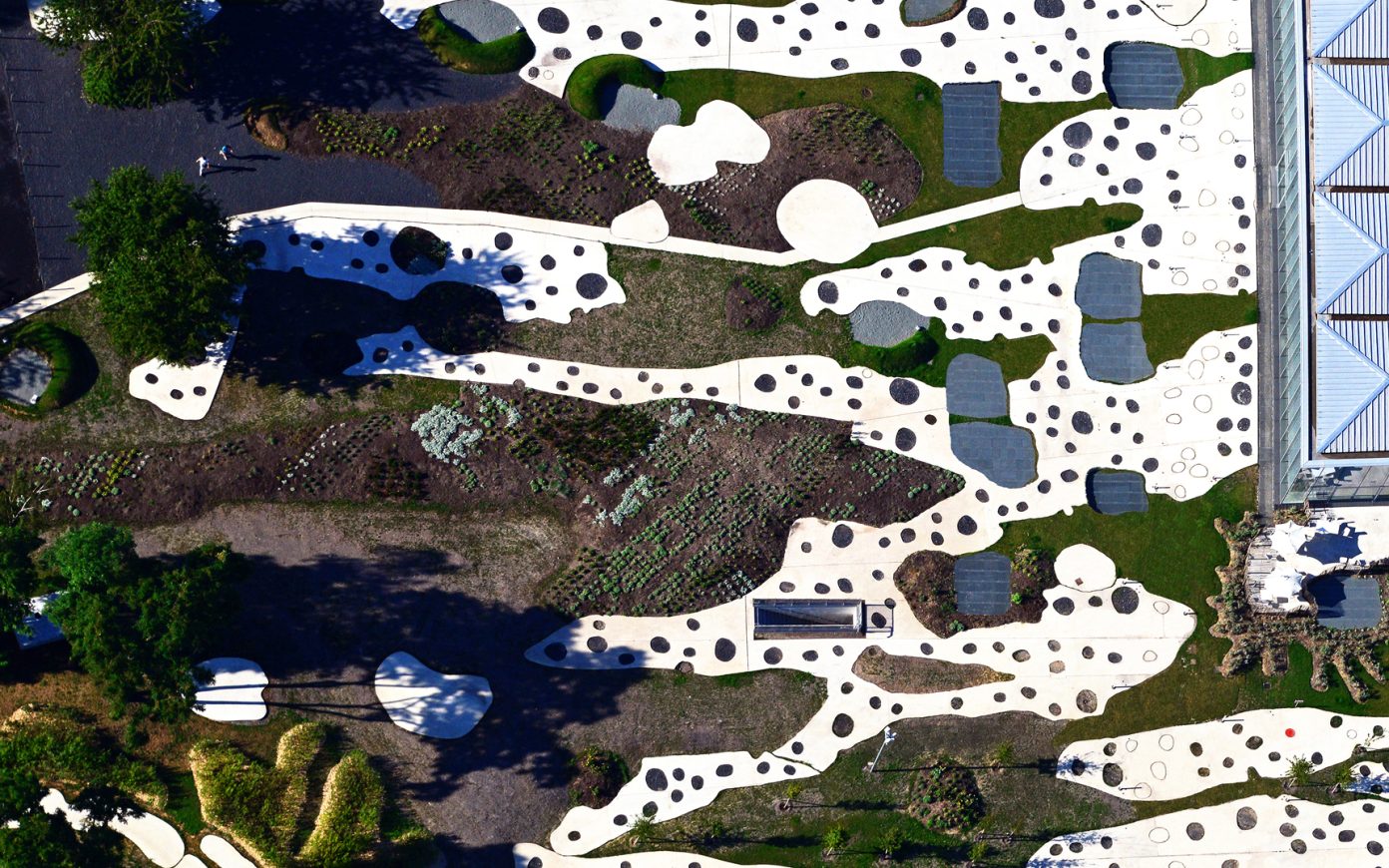

How can we move beyond man’s position of dominance over nature? In what way can the living be articulated so as to improve the city? How can we create a dialogue between architecture and landscape? The work of the landscaper Catherine Mosbach represents natural environments—through the recomposition of layers of landscape—collapsing any distance between the public and the object being observed. She recreates environments in the city by playing with a set of parameters including plants but also topography, hygrometry, soils, and environmental pollution, in such a way as to counterbalance urban extremes and create islands of coolness and comfort, but also to provide paths and spaces for sociability. Within this approach, landscape and technology become complementary levers. The landscaper’s drawing must allow the hosting of events by giving up full control. In a similar fashion, architecture can no longer be so attached to the monumental envelope—form and frontier—so as to provide refined interfaces with the landscape, create porosities, and welcome transitions between the inside and the outside.
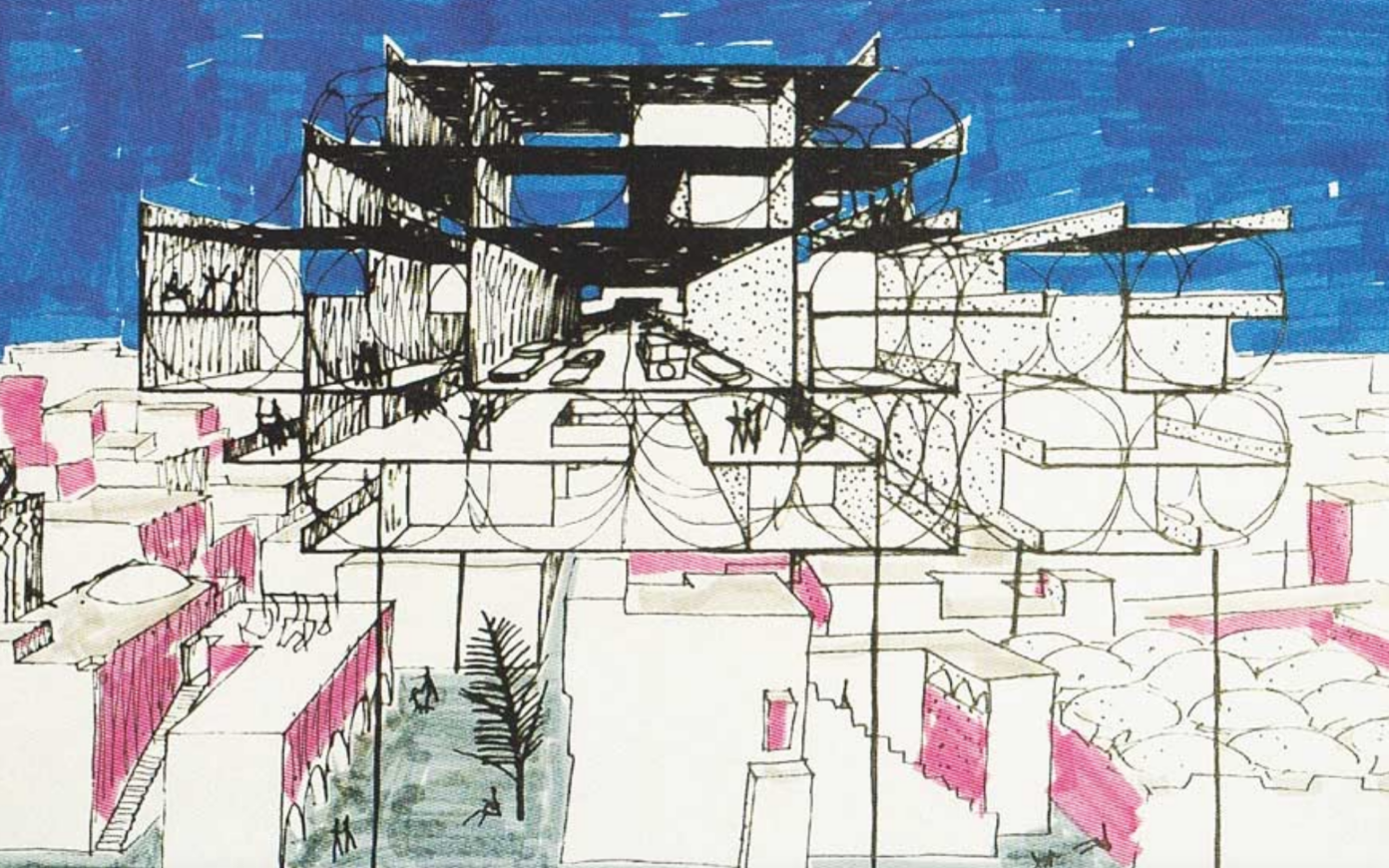

A historical figure of prospective architecture, Yona Friedman describes the importance of the model of communication embodied by the living organism, a source of inspiration for an architecture for living beings rather than a living entity in itself. He looks back at technological developments in the field of communications, that allow us to do away with the classical urban imperative of proximity, and also looks back at the liberation of the individual with respect to networks, that still represented an obstacle when he was imagining the concept of “mobile architecture” in the fifties. Urban proximity has evolved to the point where it has transformed Europe into an urban continent, with different metropolises becoming one single and unique city, materialized by the TGV, the batteries and the cellphone of utopias of the nineteen sixties. Friedman continues to defend a “mobile architecture”, that anyone can adapt, while not denying the advisory role of the architect. He also struggles against urban density, advocating that a dilution of the city would allow nature to find its place – returning alimentary independence to urban spaces, according to spatialities that remain to be invented by the population itself, in a continuation of his pioneering work on self planning. Text resulting from an interview with Philippe Chiambaretta and Gilles Coudert, in Yona Friedman’s apartment-workshop on September 21st, 2017, with the assitance of the Jérôme Poggi Gallery.
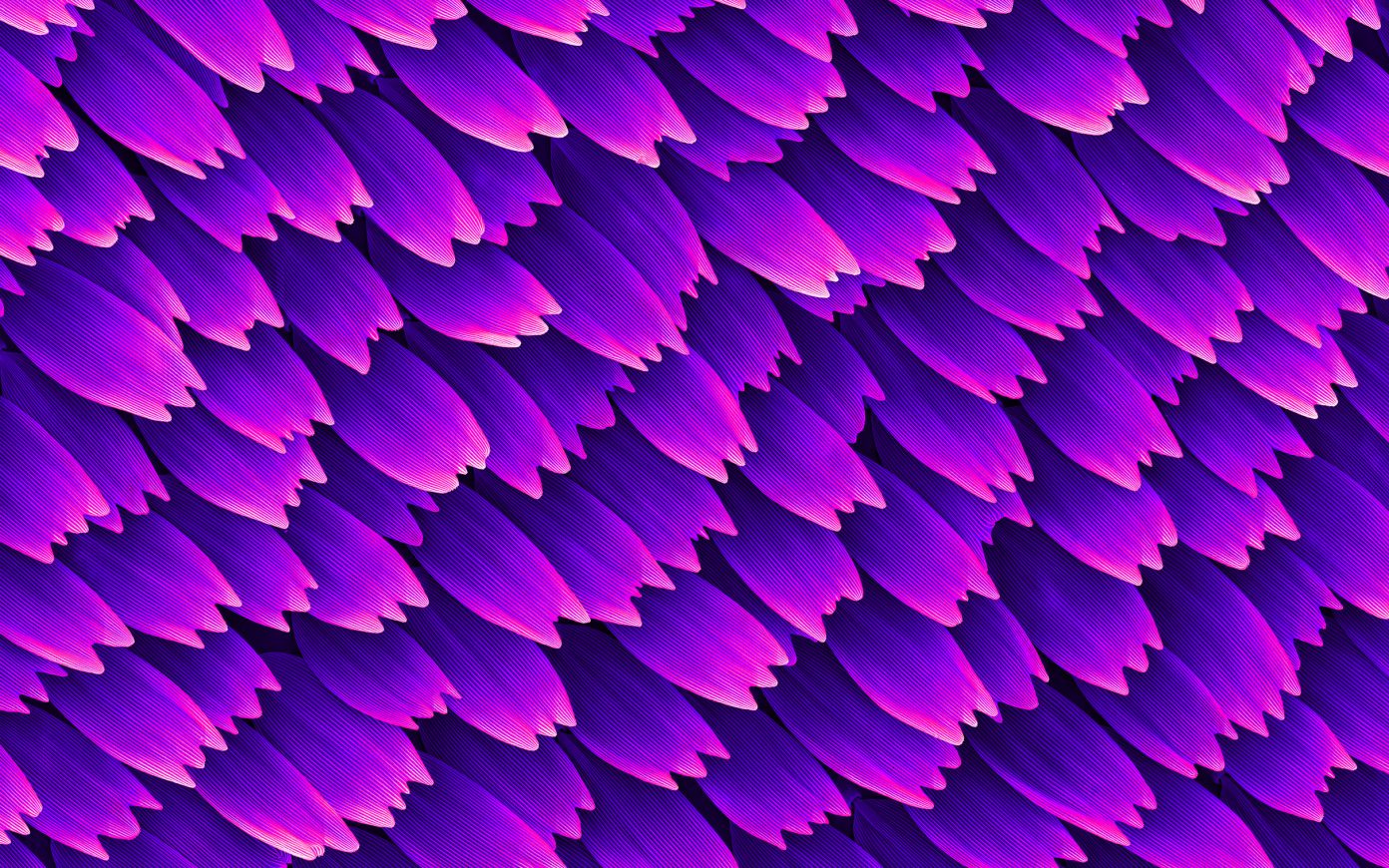

Though the paradigm of the living may disrupt our vision of the world and our place in it, it also provides a source of inspiration for our ways of designing. Donald Ingber, the Director of the Wyss Institute for Biologically Inspired Engineering at Harvard, explains that our knowledge of the living has become such that we are now capable of developing innovations in engineering that take their inspiration from biological principles. With the goal of exploring the future of bio-engineering, the Institute was designed around a group of researchers from diverse disciplines, but also actors from the world of business, with the aim of mixing approaches and methods. Starting from the general principles of the living so as to apply them to problem-solving according to the principles of engineering, this work is more bio-inspiration than biomimicry. For architecture, it is a matter of taking inspiration from the way that nature builds in a hierarchical fashion, according to the open and metabolic processes of evolution through self-organization.
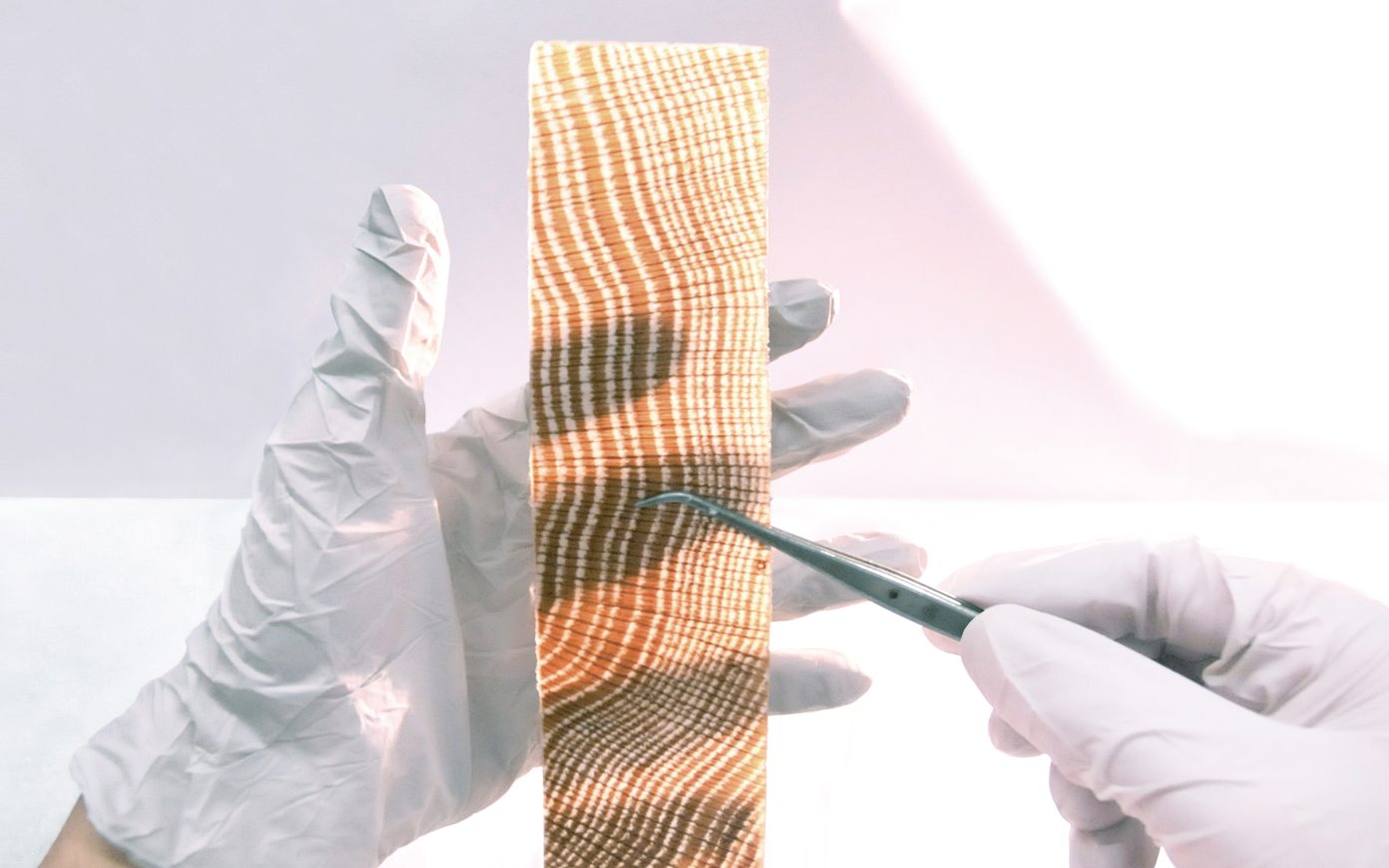

Building the city with and for the living also means increasing the use of the organic materials that nature provides. An architect, entrepreneur and biologist, Timothée Boitouzet emphasizes that we live in a time of transgression of the dogmas of modern architecture and of an evolution in ways of thinking and designing, embodied by an interdisciplinary approach of architecture and science. The architect now plays the role of interface in order to transcend the simple creation of inert forms and engage organic processes of construction. Boitouzet has been developing a high-performance wood material—rot-proof, rigid, and translucent—by replacing lignin with a plant resin, thus preserving the wood’s internal geometry. Similar to different products of the bio-economy, this eco-responsible material, at once organic and hyper-technological, is the sign of a new alliance with the living, in such a way as to serve and go beyond nature.
 stream voices
stream voices
Eager to share more generously the results of its collaborations and research, PCA-STREAM publishes STREAM VOICES, its online magazine!